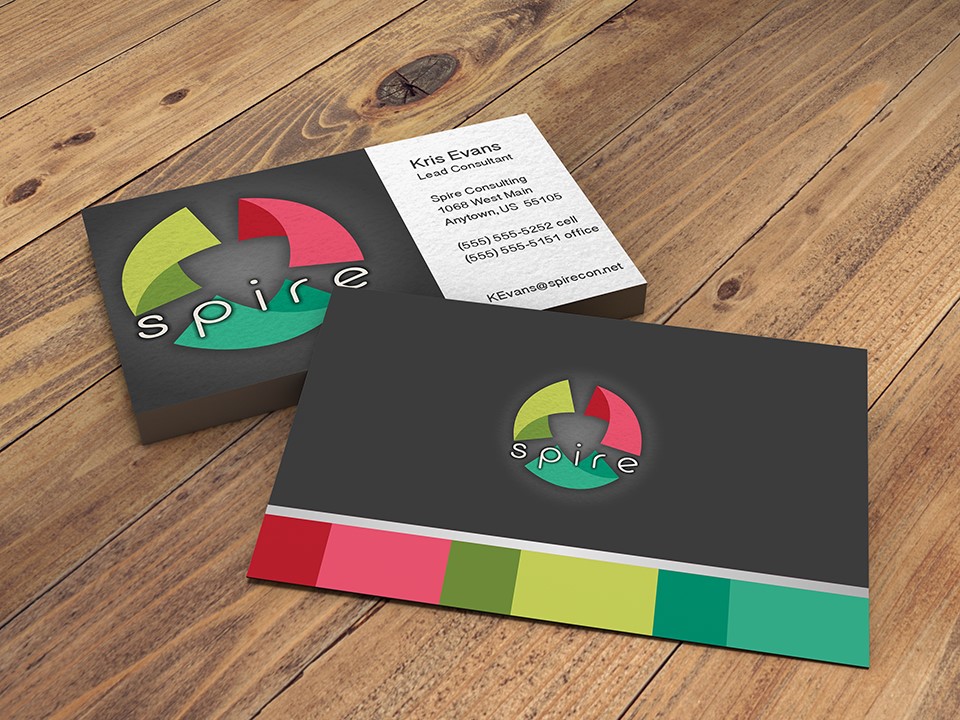 Business cards are traditionally the primary way that business people present their contact information to other business people and potential customers. Business cards provide a more tangible way to impart information about who you are and what you do, making them one of the most effective direct marketing tools. Having your business card ready to present to others when needed demonstrates a higher level of professionalism.
Business cards are traditionally the primary way that business people present their contact information to other business people and potential customers. Business cards provide a more tangible way to impart information about who you are and what you do, making them one of the most effective direct marketing tools. Having your business card ready to present to others when needed demonstrates a higher level of professionalism.
• Standard business cards are 2 by 3 inch rectangles of card stock, however other materials have been used including wood, plastic and others.
• Included on the business card is a logo, persons name and title, business name and address, phone/cell and email address. You should also include your website address.
• The back of the business card is usually left blank, however, if you’re traveling abroad for business, it is good practice to have one side of your business cards translated into the language appropriate to the country you are visiting. (When you present such business cards, you should present the card to the recipient so that the recipient’s language is face up.)
How to Present or Exchange Business Cards
Business cards are usually presented to one person by another in a face-to-face exchange, although they may also be included in thank you cards, or even attached to a vehicle in a business card holder so passersby can help themselves to one if they’re interested in the service or product advertised on the vehicle.
Cards can also be left in various places such as malls, seating areas, public bulletin boards and other places where people gather. You can also ask local businesses if you can leave a stack of cards on a counter.
When business cards are exchanged in person, they may be exchanged at the beginning or end of a conversation.
When you receive a card, you should always look at the card and comment upon it before putting it away – preferably into a business card holder. It’s bad manners to stuff business cards into your pockets.